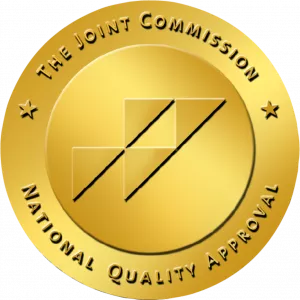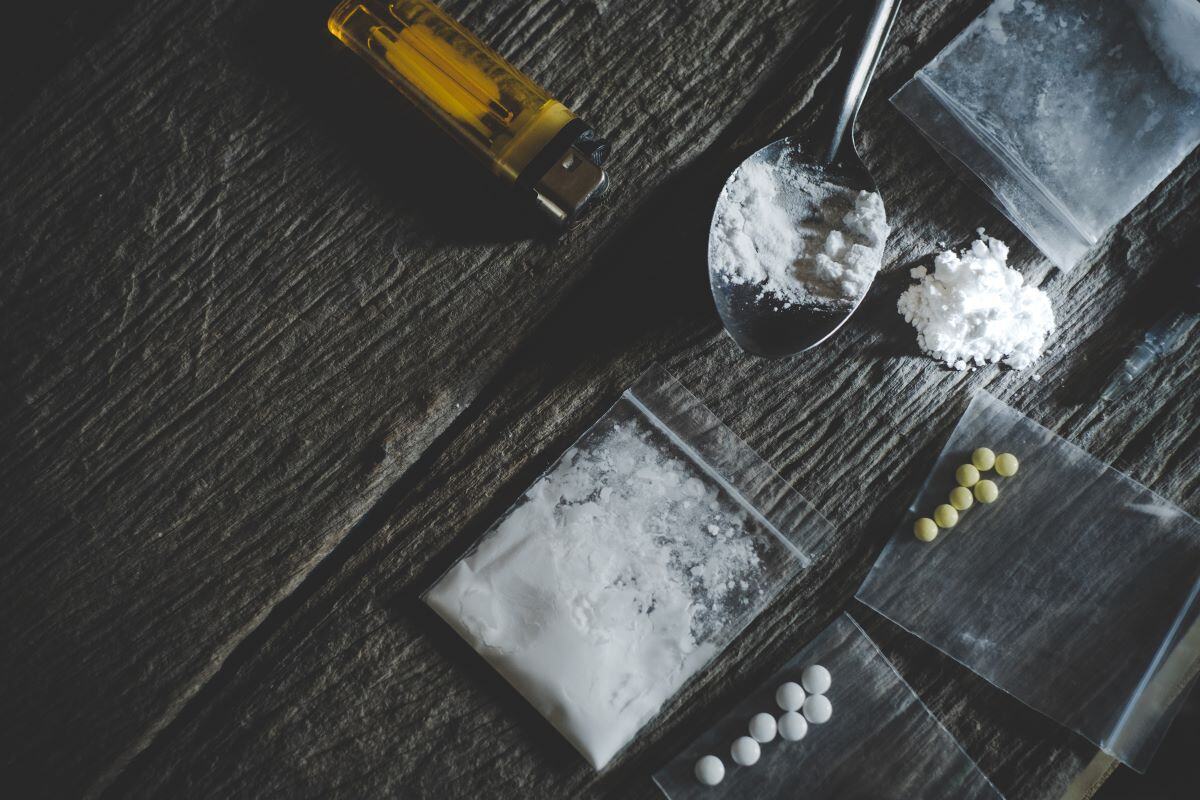When it comes to understanding how medications and substances affect the body, a key concept that is important to understand is the drug’s half-life. Understanding the half-life of a drug plays a crucial role in determining how long a drug stays active in the system, influencing everything from how frequently it needs to be taken to its potential for side effects.
In this post, Avenues Recovery, leaders in addiction treatment and rehabilitation, explain what a drug half-life means, why the half-life of a drug is important, and what factors affect it.
What Does Half-Life of a Drug Mean?
The half-life of a drug is an estimation of the time it takes for the drug's concentration or amount in the body to decrease by half.
The drug half-life reflects the rate at which the drug is eliminated from the body. To illustrate an example of the elimination half-life of a drug: If a drug has a half-life of 4 hours, and 100g were taken, only 50g of the drug remains after 4 hours. This process continues, with half of the remaining drug being eliminated every 4 hours until the drug is completely eliminated from the body. It takes about 5 half-lives to clear a drug.
.png?width=1200&height=983&name=Drug%20Half%20Life%20Infographic-01%20(1).png)
The drug half-life science, discovered by Ernest Rutherford, helps us to understand the duration of a drug's effects and is the basis for determining how often and what amount of a drug is safe to take.
It’s important to know that the concept of half-life applies universally, remaining the same for a specific drug regardless of dosage or duration of use. This uniformity lets healthcare professionals make informed decisions about dosage adjustments, potential drug interactions, and the timing of drug administration, which contributes significantly to effective patient care.
How to Calculate the Half-Life of a Drug
Calculating the half-life of a drug involves understanding the relationship between drug concentration and time. The “elimination rate constant” is a measure of how quickly the drug is removed from the body. It is often determined through pharmacokinetic studies. Once the elimination rate constant is known, plugging it into the formula allows for the calculation of the half-life. This information is invaluable in tailoring drug dosing schedules, predicting drug accumulation, and managing withdrawal issues effectively.
Short Half-Life vs Long Half-Life
Drugs with short half-lives are cleared rapidly from the body, requiring more frequent dosing to maintain therapeutic levels. While these drugs often act quickly, they may lead to more pronounced withdrawal effects because of their quick elimination. On the other hand, drugs with long drug half-lives stay in the body for a longer amount of time, requiring less frequent administration. While they may take longer to initiate their effects, they often result in milder withdrawal symptoms. In addiction treatment, transitioning individuals from short-acting to long-acting drugs is a common strategy to facilitate a smoother withdrawal process and enhance treatment outcomes.
What Factors Influence a Drug’s Half-Life?
The half-life of a drug is not a fixed parameter. It can vary greatly based on individual patient characteristics and inherent characteristics of the drug itself.
Patient-Specific Variables that Could Affect Half-Life
Patient-specific variables play an important role in influencing how a drug is metabolized and eliminated from the body.
The following factors can contribute to variations in drug half-life:
- Age
- Liver function
- Kidney function
- Genetics
- Overall health
- Genetic factors
- Coexisting medical conditions
For example, in the case of renal impairment, where the kidneys play a key role in drug elimination, the half-life of certain drugs may be significantly prolonged. The complicated relationship between all these patient-specific factors underscores the importance of personalized medicine so that treatment plans are tailored to individual characteristics for optimal therapeutic outcomes and minimal risk of adverse effects.
Drug-Specific Variables that Could Affect Half-Life
Beyond patient-specific factors, the half-life of a drug is also influenced by inherent characteristics of the drug itself. Drug-specific variables can include many factors, including the drug’s:
- Chemical properties
- Metabolism pathways
- Make-up
- Clearance mechanisms
For example, drugs that are metabolized by the liver may have different half-lives compared to those excreted through the kidneys. The formulation of the drug, such as controlled-release pills, can extend the half-life. Other factors - like the drug's interaction with proteins, volume of distribution, and the presence of metabolites - can also impact how long a drug remains in the body.
Recognizing these drug-specific variables is essential for healthcare professionals to make informed decisions about drug choice, dosage, and potential risks so that they can develop safe and individualized care plans.
Common Substances and Their Half-Lives
Common half-life of medication and substances include:
|
Generic Name |
Brand Name Example |
Drug’s Half-Life |
|
Alprazolam |
Xanax |
6-12 hours |
|
- |
50 minutes |
|
|
Diazepam |
Valium |
20-100 hours |
|
- |
2-6 minutes |
|
|
Methamphetamine |
Desoxyn |
6.4-15 hours |
|
Tetrahydrocannabinol (THC - cannabis/marijuana) |
- |
Infrequent users: 1.3 days Regular users: 13 days |
|
Warfarin |
Coumadin |
1 week |
Drug Half-Life: The Bottom Line
Understanding the drug half-life is especially important for clinicians managing withdrawal symptoms, adjusting treatment plans, and ensuring safe and effective patient care in addiction recovery.
Finding the right support on your recovery journey can make all the difference, and at Avenues Recovery Center, we offer just that – genuine support without the jargon. Our fantastic team understands the challenges of overcoming addiction, and is dedicated to providing a down-to-earth, compassionate environment for your recovery. You're not just a patient; you're an individual with a unique journey, and we're here to help you every step of the way. Contact Avenues Recovery today to discover a world of unbeatable support and guidance, and to take your first step towards the sober future you deserve!



